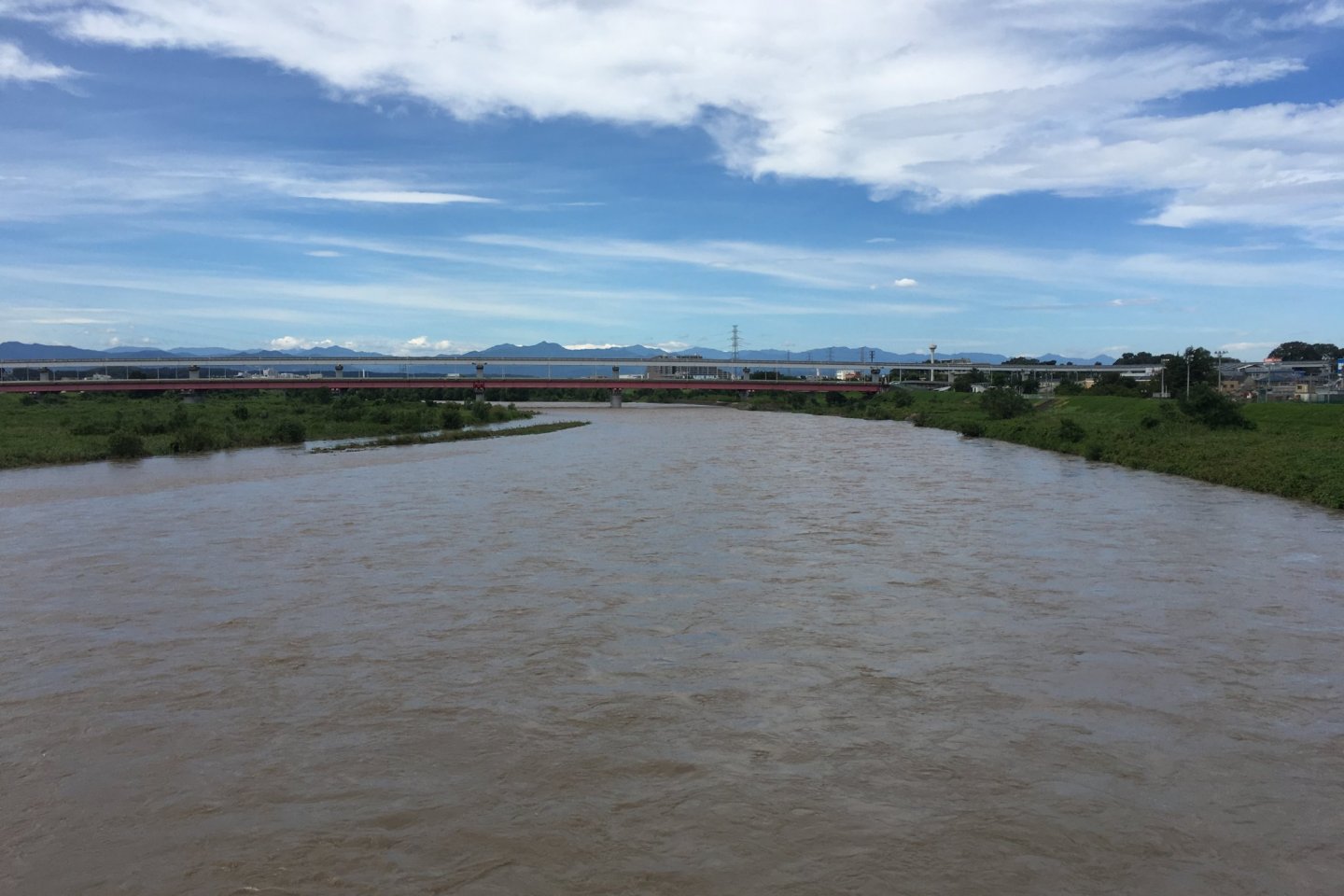Overview
Away from the central Tokyo concrete, a trip out into the western districts is a discovery of local quirks and heritages. Hino City is no exception. Famous for its Tama Zoo, Hino is also dotted with a series of curious landmarks and history. Ancient trees, legend-imbued water wells and classic buildings all feature. Here is a simple introduction to some of the history and landmarks of Hino City and how to reach them.
Hie Shrine Muku Tree
Once a dense grove of muku, gopher wood, wisteria and holly trees, the Hie Shrine Muku Tree is now a single muku tree. Still, at 23m in height, it's an impressive sight and with a trunk circumference of over 4m, even more so. The largest muku tree in the city, this 300-year old veteran has been designated a Natural Monument of the city.
A 20-minute walk or 8-minute Mini-bus ride from Toyoda Station on the JR Chuo Line.
Ohanaido Well
Just outside of the Tama Hills Nature Park sits the rather curious and some say legendary Ohanaido Well. In 1135, a typhoon hit the area, knocking down an enshrined Fudo statue. The story goes that the statue's nose became associated with the well and the twisted tree roots that covered it. To this day, the well continues to gush out spring water.
A 5-minute walk from Takahatafudo Station on the Keio Dobutsuen or Tama Monorail lines.
Tokan Forest
The Tokan Forest was once the location of a shrine that served the ten families living in the area. Dating back to at least the early 18th century, the grove is now designated a Natural Monument of the city. Consisting of two rather venerable nutmeg-yew trees, both thought to be at least 250 years old, the gnarled roots add to the aged image.
A 6-minute walk from Manganji Station on the Tama Monorail Line.
Watanabe Family Warehouse
Built towards the end of the Edo period and the early part of the Meiji era, the Watanabe Family Warehouse once stored goods for local merchants. The Great Kanto Earthquake of 1923 caused some serious damage before being restored. The two-storey traditional building is now a registered cultural property of the city.
A 4-minute walk from Hino Station on the JR Chuo Line.





























